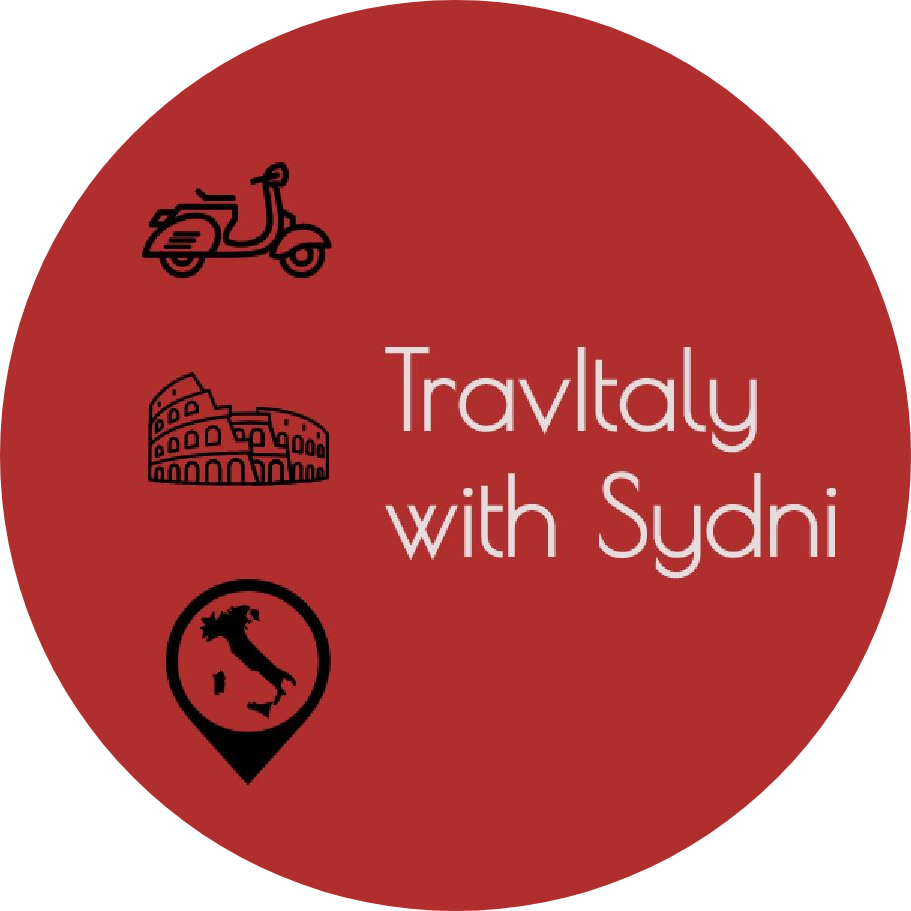Sydni inspires and motivates would-be adventurers to pursue their wanderlust…
We all know exploring a foreign place can be daunting. From lacking in language to the etiquette of eating, we all wish we knew what the insiders know. On the very first night of my move to Rome, pairs of eyes watched as I made it know I was not an insider. As I simply bought fruit from the grocery store and assessed the softness of a kiwi, I noticed more and more people staring at me. Apparently, Italians feel the fruit through a bag placed over their hand; my hand was bare. I was left feeling a bit silly, but quickly learned the customs of the country. It’s easy to forget that American customs are not universal customs. While you’ll never be able to fully escape your own paradigm, hopefully this list of the do’s and don’ts of Italy will save you some face.
DO’S
#1: Dress modestly at the Vatican
This is actually a requirement for the Vat. It’s not normally advertised until you are there though, and at that point it’s too late to dress accordingly. For those outside of the Catholic religion, you may not know that covered shoulders and knee-length skirts are a must while inside a chapel. If you’re really in a crunch, there are vendors outside the Vatican that sell scarves for about €5 – €10 that can be tied around the waist.
#2: Order bread after you eat pasta

Bread is used as a method of picking up the extra “sugo” (sauce) of a pasta dish after the noodles are finished. The sugo is the main attraction when it comes to pasta, and the noodles are there to extend the life of the sugo. Noodles and bread act in the same manner in relation to the sugo so eating them together is a bit strange to Italians. It would be like us serving two carbs, like a potato and bread, in one sitting.
#3: Weave through the crowd
On Italian sidewalks, it’s not uncommon for people to just stop walking. Here in the States, we would consider that rude. Keep in mind, this practice is not rude to them, and they mean no offense by it. You’re experiencing their culture, and it’s important to remember the burden of assimilation is on you, the traveler. In response to the sudden stopping, weaving around them without a second thought is expected and common. Italians subscribe to a more relaxed way of life, and it’s why the country is special. They operate according to what I like to call “Europe time.” Embrace this clock! It’s drastically opposed to America’s fast-paced environment and gently reminds you to enjoy the preciousness of time.
#4: Say “scusi” (excuse me) instead of “I’m sorry”
In America, we generally apologize when we bump into someone or express our human thoughtlessness. Lately, I’ve been opposed to the phrase “I’m sorry” because many of us use it too often and in the wrong context, but that’s a rant for a different time. For you Mid-westerners, “Ope, sorry,” slips out of your mouth subconsciously at times. Italians generally use “scusi” when they show their thoughtlessness. “I’m sorry” implies a sort of ill-will was intended, and they do not use it unless that is the situation. For months, I used “mi dispiace” (I’m sorry) incorrectly, and it showed my lack of understanding for the words I was using. Try to use the appropriate phrase at the appropriate time to avoid those funny faces you’ll surely receive when you don’t.
#5: Always drink a glass of water with your espresso
Ordering a glass of water with your espresso is commonplace in Italy. Drink half the glass before the espresso and the other half after. Our American coffee is not nearly as potent and strong as Italian espresso and will bother the average stomach. The water helps with this. To avoid an upset stomach, order a “bicchiere d’acqua.” Plus, it helps cleanse your palate so you can fully indulge yourself in the magic that is Italian espresso. Coffee is enjoyed multiple times a day.
While we’re on the subject of espresso, don’t add anything other than sugar to it. Coffee is a pillar of Italian culture, and messing with the norm is a serious no-no. Most importantly, it’s pronounced “eh-spress-oh,” not “ex-press-oh.”
DON’TS
#6: Don’t order cappuccino after 11:30 a.m.

While this is not a hard and fast rule, people who break it are typically tourists. Cappuccino is a morning drink only. It’s taboo to drink it later in the day. If it’s summer, I’d also recommend ordering a cold coffee in the morning. It can come both sweetened and unsweetened and is super refreshing under the scorching Mediterranean sun.
#7: No cheese on seafood dishes ever (NO EXCEPTIONS!)
It should be pretty obvious by now that food, and the integrity of it, is king in Italian culture. Regionally, food flavors will vary, but one rule remains and unites all of Italy. NEVER PUT CHEESE ON ANY DISH THAT INCLUDES SEAFOOD. If you even allude to breaking this rule, you will be ridiculed by the locals. They’ll begrudgingly comply with your request but will also make their disdain for your disrespect known.
While we’re on the topic, don’t expect dinner to be served until 7 p.m., at least. Restaurants are typically closed from 3 p.m. – 7 p.m., and if they are open, run! It’s probably a tourist trap, and the food will not be nearly as authentic. Moreover, meals are served in strict courses (aperitivo, antipasti, primi, secondi, dolce, caffe, digestivo). Italians do not mix their dishes (i.e. salad and pasta) like we might here in the States.
#8: Don’t wear sweatpants
Europe, as a whole but more specifically Italy, places a lot of importance on appearance and style. Fashion is a core value to the Italians. Many believe that your appearance will directly correlate with the respect you receive. While style is always changing, arriving with a fanny pack and khaki shorts is something you’ll want to avoid. Fitted jeans with no holes and a nice blouse/button-down are always a safe bet.
#9: Don’t tip
Tips are only commonplace in the tourist areas of Italy. Restaurants generally include a “coperto” (cover charge) in your bill; this is counted as the tip. Tipping is always appreciated, but never expected. If you really enjoyed the service, tip away!
#10: Don’t pronounce it “bru-shett-ah”

The appetizer of toasted bread topped with tomatoes, basil, and oil is iconic in America and Italy. The major difference between the two variations, other than the freshness of tomatoes, is the pronunciation. The correct pronunciation for this dish is bru-skett-ah. I know, mind blown. I’d been saying it wrong my entire life too. Bru-shett-ah is the last name of a Sicilian mobster, who is widely known as a traitor in Italy. He was the “Benedict Arnold” of the mafia world. If you don’t know the story, I would really suggest learning about it. It’s super interesting! When you mispronounce the food dish, this infamous double-crosser is what Italians imagine. Clearly, the “sh” sound or the “sk” sound will make or break the word.
Side Note: the mafia is not a proud point in Italian history for them. It’s a topic to avoid discussing. Talking about the mafia is like talking about religion and politics. In many cases, it’s taboo.
If you abide by these suggestions (especially #7 – that’s sacrilege), you’ll find your experience in Italy to be much more enjoyable! Even if you happen to show your “foreignness,” most Italians are extremely welcoming people and love to see others embrace their culture. Expressing an interest in their customs will always serve to make them smile. It’s even better when you go the extra step as a traveler and adopt the norms personally. After all, you know what they say, “When in Rome…”



